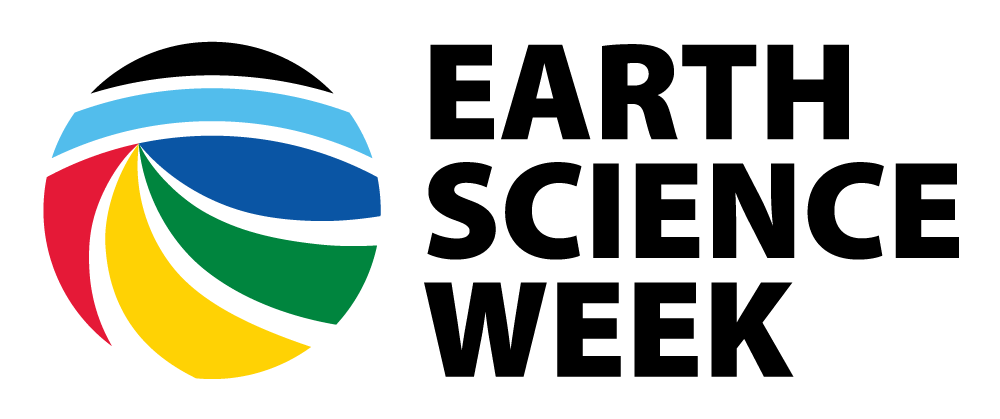Geologic Time Scale Analogy Activity Source: Ritger, S.D. and R.H. Cummins. 1991. Using student-created metaphors to comprehend geologic time. Journal of Geological Education. 9:9-11.
Purpose To introduce students to the vastness of [geologic time](/content/geological- time-scale) and the concept of scale.
Background Unraveling time and the Earth’s biologic history are arguably geology’s most important contributions to humanity. Yet it is very difficult for humans to appreciate time beyond that of one or two generations, much less hundreds, thousands, millions and billions of years.
[Read More]
Geoscience and Petroleum Careers
Geoscience and Petroleum Careers Activity Source: SEED (SLB Excellence in Educational Development). Adapted with permission.
What adventures await you as a student of the Earth sciences? How about a career as a scientist or engineer working for the world’s largest oilfield services company? SLB employees invent, design, engineer, and apply technologies to help customers find and produce oil and gas more efficiently and safely — often in remote and challenging locations.
[Read More]
Getting Creative - Geologic Map Day Learning Activities
Getting Creative - Geologic Map Day Learning Activities “America the Beautiful” has inspired patriotism in Americans for generations. But few today realize that the song’s lyrics were originally written in the late 1800s by Katharine Lee Bates as a poem — one that she first called “Pike’s Peak.”
Bates herself had been inspired by the grand landscapes she viewed as she crossed the country on a train trip to Colorado Springs, Colorado.
[Read More]
Getting the Oil Out
Getting the Oil Out Activity Source: Society of Petroleum Engineers. Adapted with permission.
Artificial lifting systems, or pumping units, are used to help pull oil out of reservoir rock and pump it up a well. A down hole pump in the well is connected to the pumping unit by steel rods, which are screwed together.
The pump is activated from the up and down movement of the pumping unit on the surface.
[Read More]
GIS and Careers
GIS and Careers Activity Source: ESRI. Adapted with permission.
Geographic information systems (GIS) are mapping and analysis tools that people use in all walks of life. GIS is problem-solving technology, for careers in research, policy-making, and production — in government agencies, non-profit groups, and for-profit companies, from global to local levels.
Whatever the sphere — atmosphere, hydrosphere, cryosphere, lithosphere, or biosphere — there are little challenges and major dilemmas that can be addressed only by examining the patterns of where things are, the traits of things here versus things over there, and how things relate to each other.
[Read More]
Glacier Slide
Glacier Slide Activity Source: National Park Service
Objective You will be able to describe how a glacier carves an area and label the characteristics formed by the glacier’s movement.
Background There are many glaciers all over Alaska. Flying into Lake Clark National Park and Preserve through Lake Clark Pass, you will see many glaciers. These glaciers were growing during the last Ice Age. Now many are retreating because Alaska is getting warmer.
[Read More]
Global Change: Where Land, Air and Water Meet
Global Change: Where Land, Air and Water Meet Activity Source: USGS Global Change Education
Objective The atmosphere is a mixture of gases. Similarly, the world’s oceans and fresh waters contain dissolved chemicals. Many substances dispersed in air or water are measured in parts per million. Some of these substances are colorless, odorless, and tasteless, yet even in small quantities they can be toxic.
To develop an understanding of parts per million as a concept, teams of students will create successive dilutions of a solution to reach a parts-per- million concentration.
[Read More]
Gold Panning
Gold Panning Activity Source: Adapted with permission by Adrienne Barnett, Chabot Space & Science Center, Oakland, California.
“Thar’s gold in them thar classrooms!” History meets Earth science in the fun, hands-on activity below.
Some gold deposits, or lodes, are found in veins of fractured rock. After millions of years of weathering, gold nuggets and flakes are eroded out of the veins and carried away by streams and rivers. Gold is 19 times heavier than water and tends to settle on the bottom and in the bends of rivers, streams, and lakes with sand and gravel, forming deposits called placer.
[Read More]
Greenhouse in a Beaker
Greenhouse in a Beaker Activity Source: Adapted with permission by The NEED Project.
Carbon is naturally found in the atmosphere. Carbon dioxide, or CO2, itself is not considered a pollutant. The CO2 being released from burning fossil fuels was part of the atmosphere hundreds of millions of years ago before being captured by plants and sea organisms.
Carbon atoms naturally cycle through the biosphere, the atmosphere, the hydrosphere, and the lithosphere in process known as the carbon cycle.
[Read More]
Groundwater Movement
Groundwater Movement Activity Source: Adapted from “The High Plains: Land of Extremes” Bureau of Land Management, 1996
Background Water that accumulates beneath the surface of the Earth is called groundwater. Contrary to popular belief, groundwater does not form underground “rivers,” but is actually found in the small spaces and cracks between rocks and other material such as sand and gravel. Groundwater supplies about 38 percent of the water used for agriculture in the United States.
[Read More]
